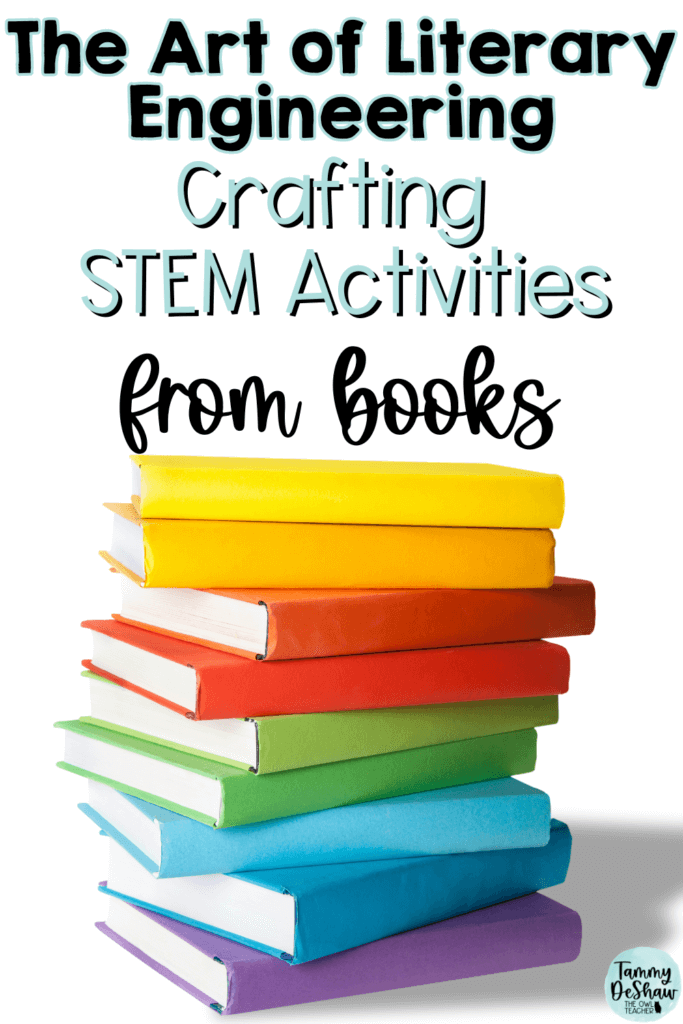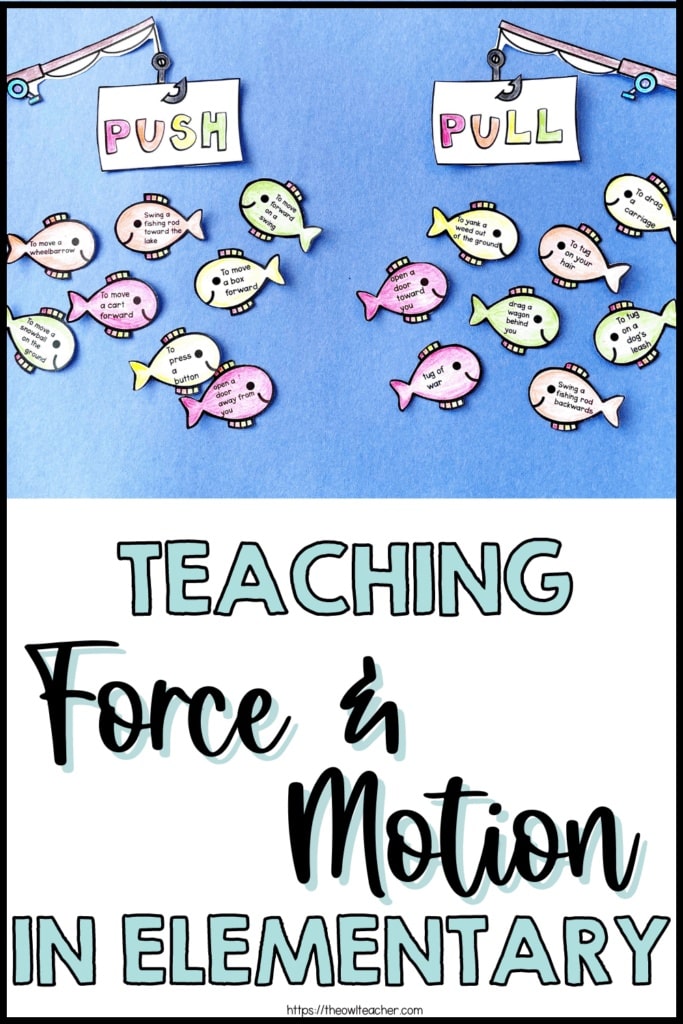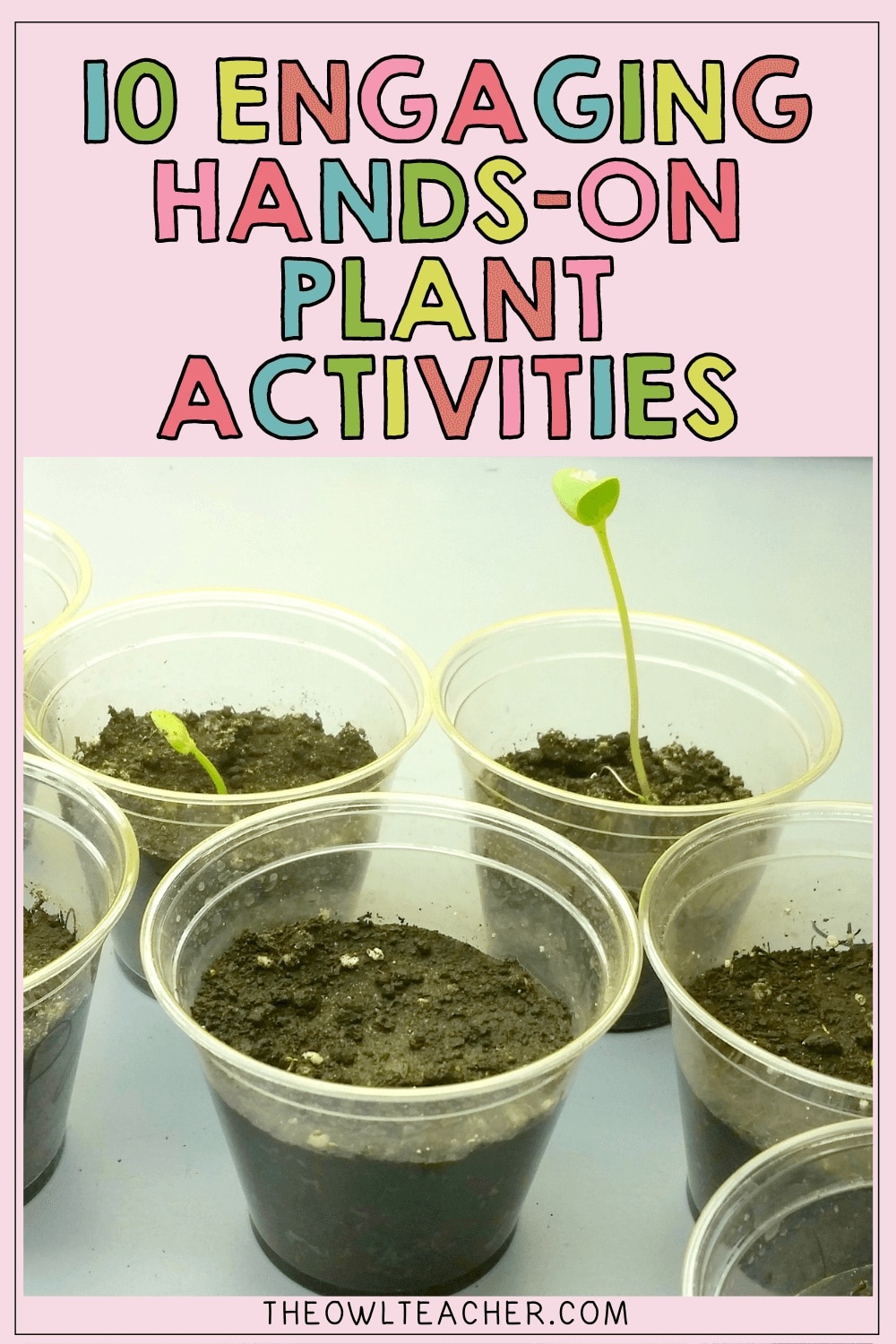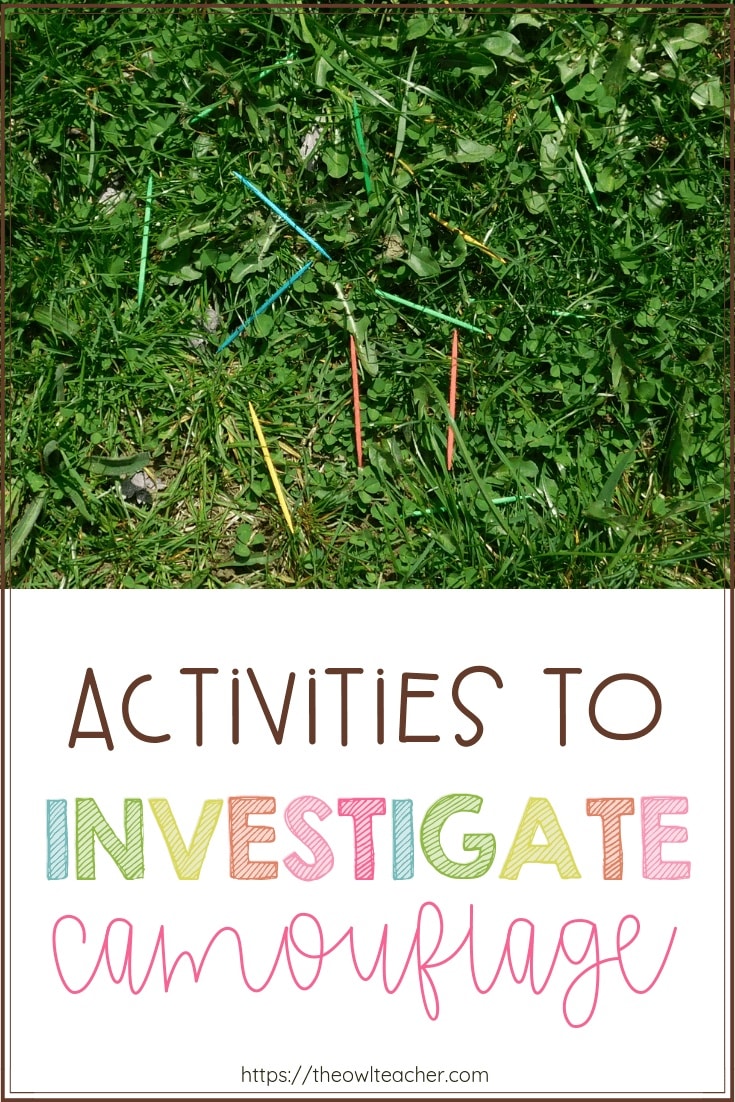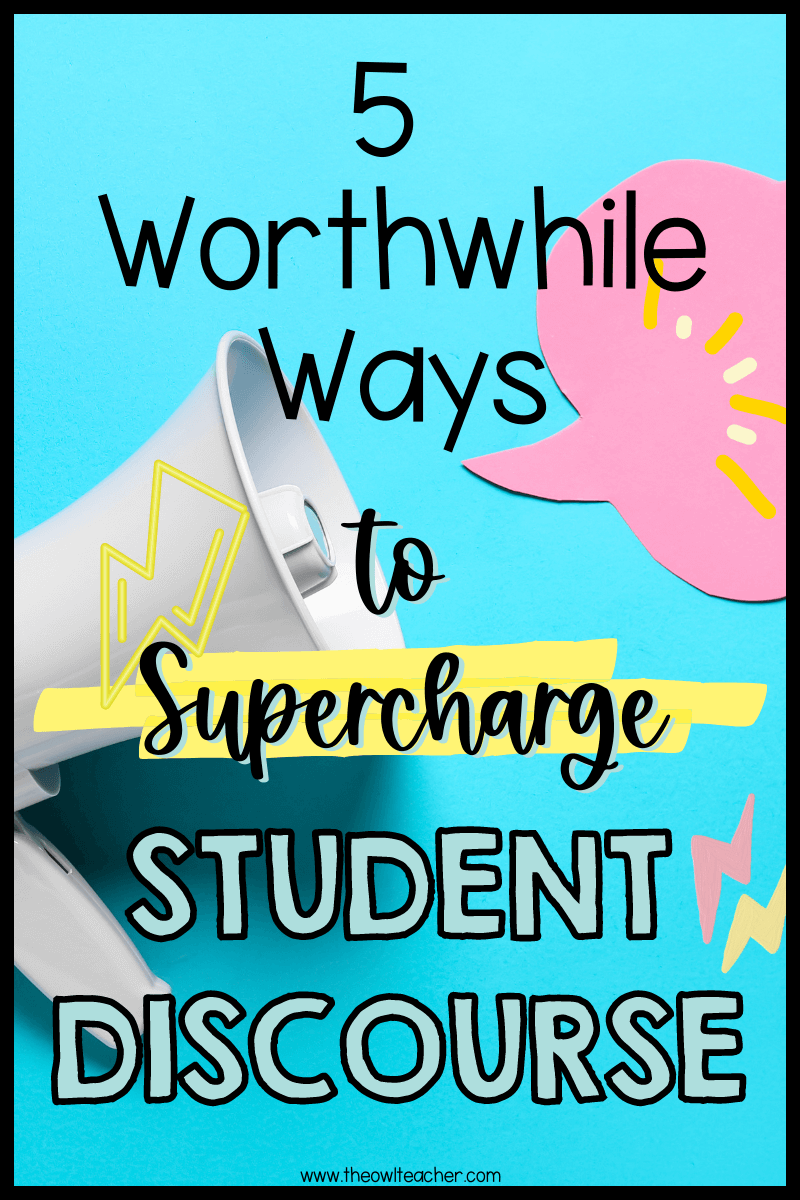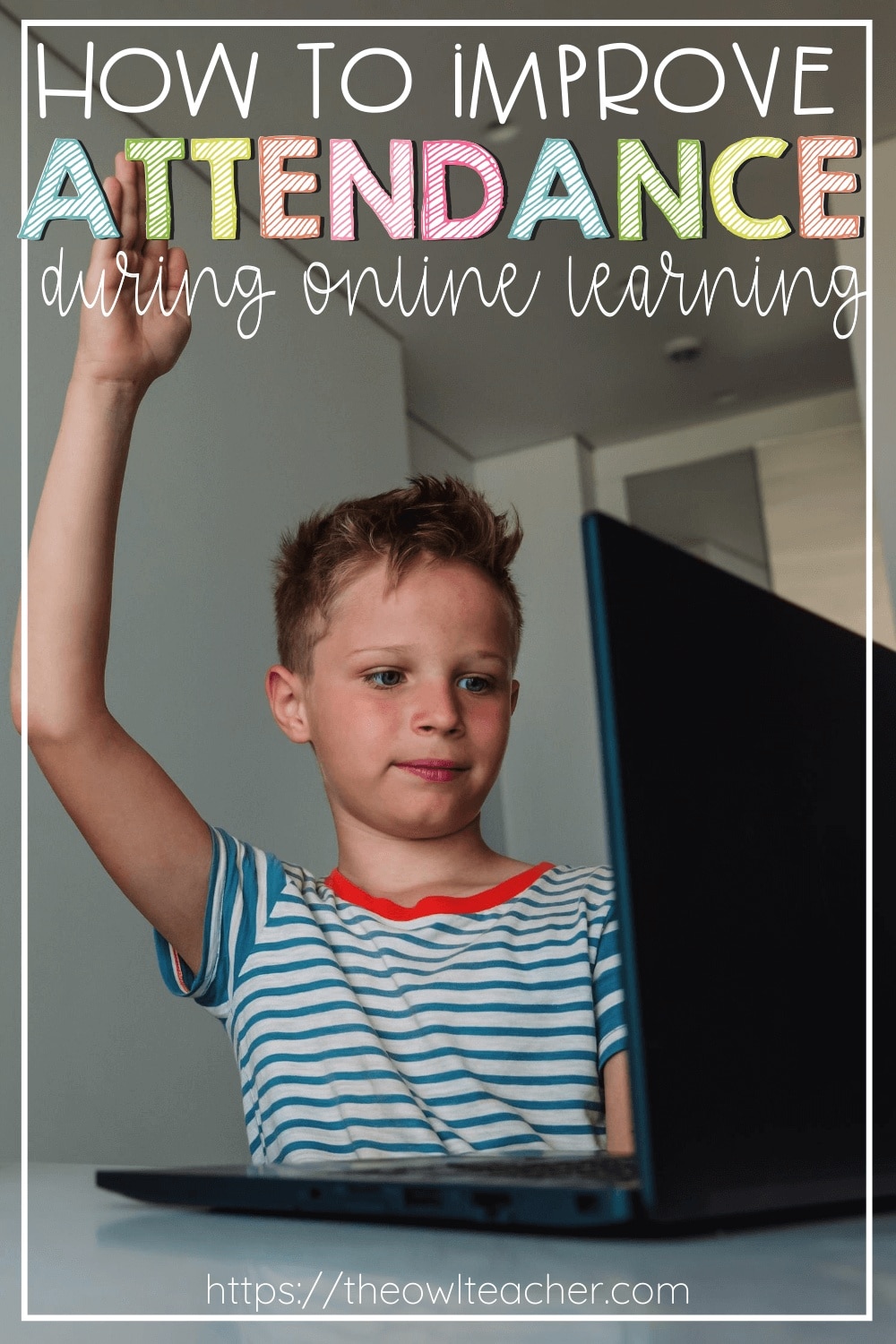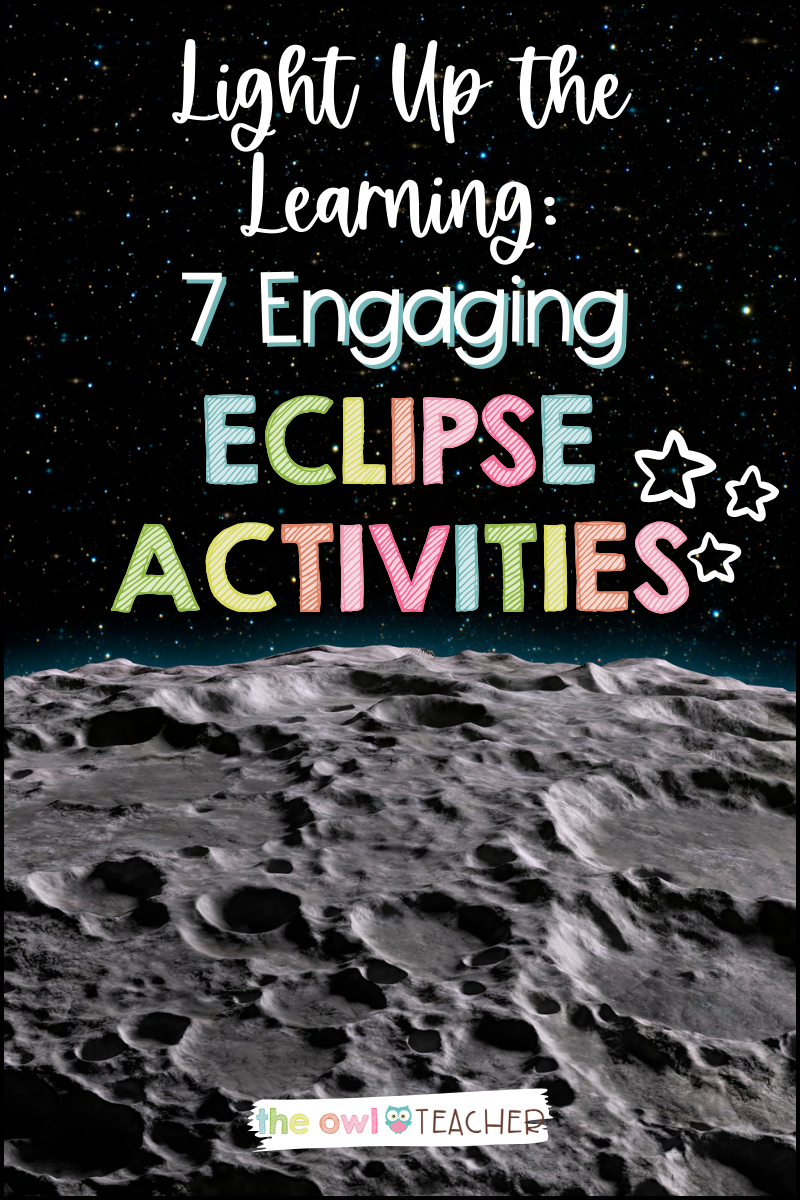
When was the final time you watched an eclipse? Personally, I haven’t seen any since August 2017, aptly named the “Nice American Eclipse” by some media. This particular occasion was seen for the whole thing of North America and featured a complete photo voltaic eclipse! As somebody who has at all times been fascinated with astronomy, this event will at all times stand out in my thoughts as a favourite… A minimum of till April 2024, that’s!
Whether or not you had been fortunate sufficient to see the entire photo voltaic eclipse six years in the past, there’ll be a chance to see one other developing on Saturday, October 14th! This is good news, not just for us science geeks, however for you as educators as effectively—relating to an occasion this thrilling, even college students who aren’t often tremendous eager on science are certain to be curious on the very least.
Photo voltaic and lunar eclipses are celestial phenomena that thrill science college students of all ages, from elementary to maturity alike! With the assistance of partaking math and science actions, you may harness the thrill of the upcoming photo voltaic occasion to show about this science idea in your classroom. I’ve compiled a listing of hands-on eclipse actions for each math and science, tailor-made for kiddos in higher elementary. Let’s get inventive!
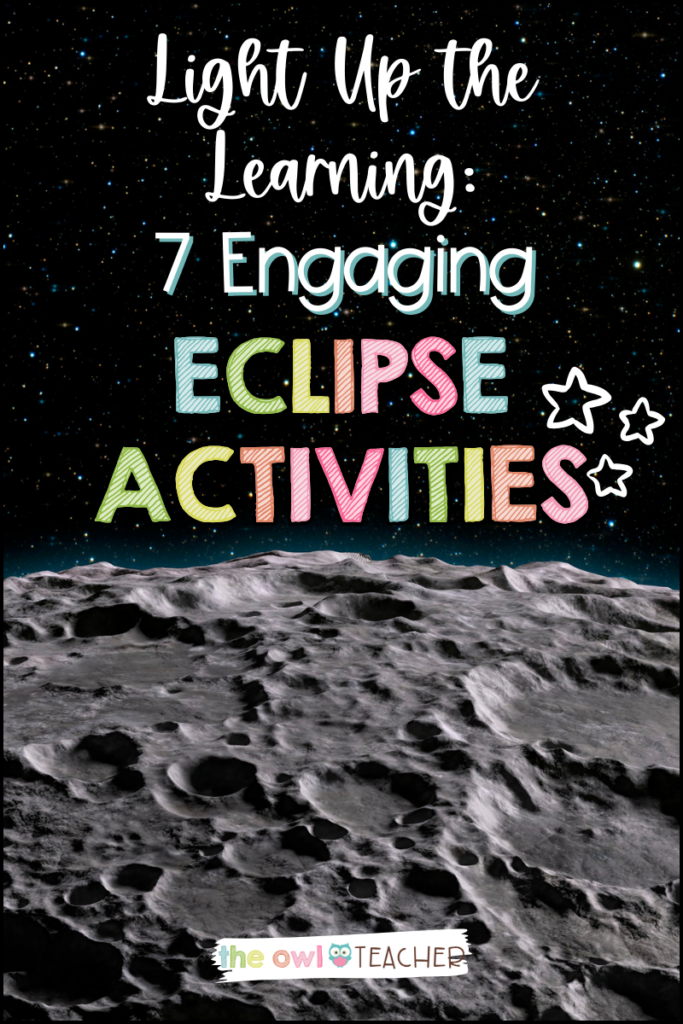
Understanding Eclipses By means of Interactive Demonstrations
Children are naturally curious creatures, particularly if we’re taking steps to encourage curiosity in our school rooms. By guiding their curiosity and offering them with the means for student-led exploration, you’re certain to arrange the inspiration for lifelong studying!
Fingers-on actions are a improbable approach to pique pupil curiosity in addition to nurture that inquisitive nature. With regards to eclipses, begin off with a easy demonstration to assist your kiddos perceive this celestial phenomenon: a shadow play!
Eclipse Shadow Play
Common performs are too mundane; in any case, this can be a particular celestial occasion! For this demonstration, we’ll work with shadows. In spite of everything, it matches the theme!
Utilizing a flashlight, a tennis ball, and a basketball, you and your college students can simulate the positions of the Solar, the Earth, and the Moon. Encourage your classroom to regulate the positioning of every merchandise as a way to recreate each a photo voltaic and a lunar eclipse. Not solely is that this train tangible for college students to understand, however it additionally visually explains how shadows and alignments work. Seize a pair of hula hoops to show the age previous query of why we don’t have an eclipse each month– this can positively assist college students see that we don’t at all times align. You may also seize a paper model for FREE on the backside of this submit to assist show this alignment.
As soon as you are feeling as if your college students have a foundational understanding of the occasion, it’s time so as to add some studying to the combo! Let’s try a number of math actions we are able to combine into this thrilling event.
Math Photo voltaic and Lunar Eclipse Actions
Utilizing this scientific incidence to show math could appear a bit far-fetched, however it’s no secret that I’m an enormous advocate for an built-in curriculum within the classroom! With that in thoughts, let’s check out a number of partaking math actions to make use of with college students in grades 3-5.
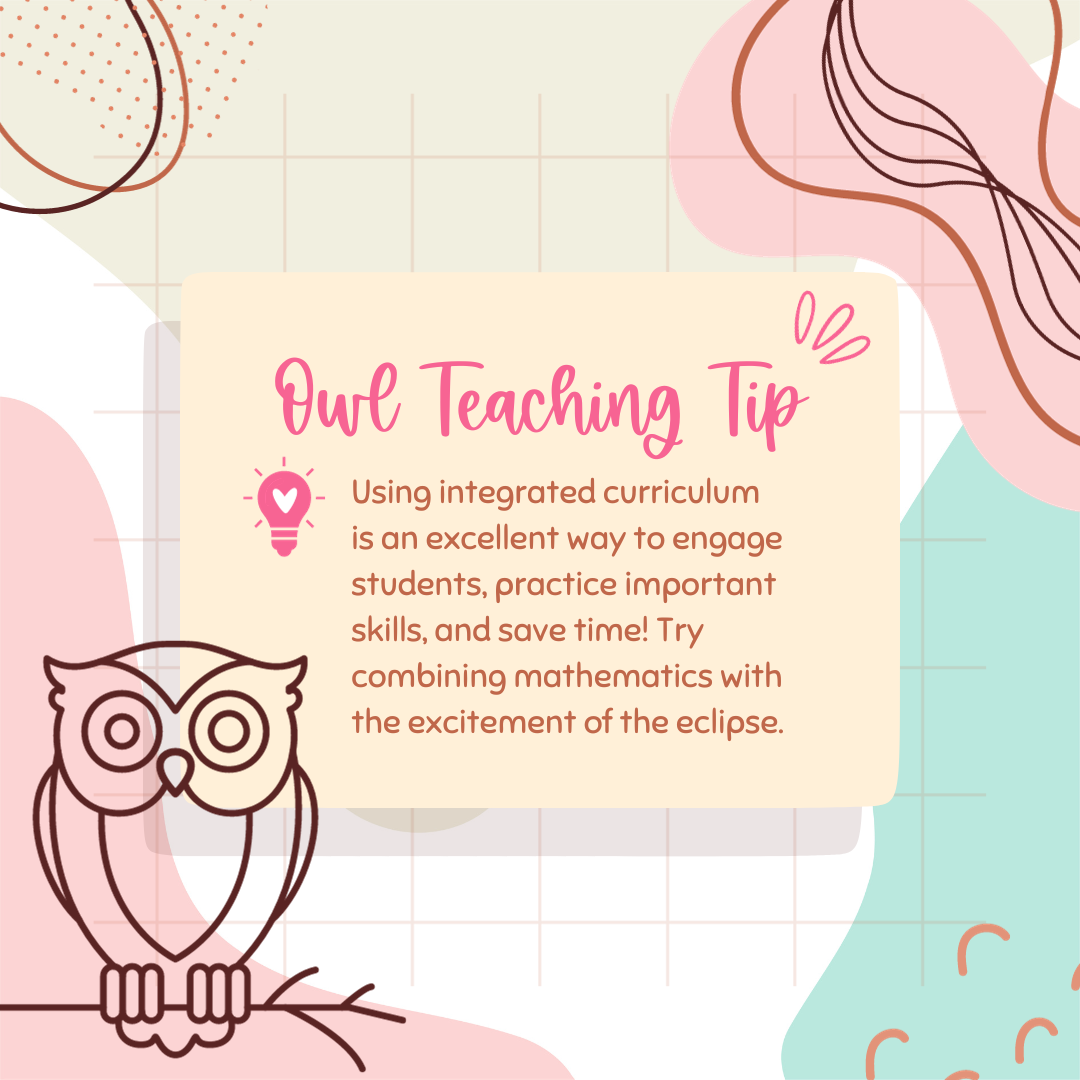
1. Eclipse Path Mapping
For this exercise, present your college students with information and a map of upcoming photo voltaic and/or lunar eclipses. You may at all times discover these assets from the nasa.gov web site and from its navy counterpart—for instance, you will discover the maps from the 2017 eclipse right here.
Subsequent, have college students hint and predict the place the occasion can be seen as a way to sharpen their information interpretation and mapping abilities. As an added bonus, you may even present your classroom with dwell streams (if potential) or recordings of the eclipse all over the world!
2. Photo voltaic and Lunar Eclipse Period & Frequency
One other occasion on our math memoranda relies round period and frequency. For this exercise, instruct college students to analysis and chart the durations of varied previous eclipses (for reference, you will discover the durations on the .gov web site right here). Following that, college students ought to calculate averages or make predictions primarily based on the evident developments within the information.
Total, this exercise not solely introduces kiddos to real-world information, however it additionally reinforces primary math operations in addition to the ideas of imply, median, and mode. Actual-life purposes and math follow? It’s a win!
3. Eclipse Time Calculation
By using NASA’s assets, present college students with related information in regards to the Moon’s orbit and velocity. Encourage your classroom to calculate how lengthy a photo voltaic or lunar eclipse might final primarily based on the supplied figures. This exercise combines each math and the science of astronomy, instructing college students in regards to the relationship between time, velocity, and distance.
As soon as your college students have had sufficient math (by your requirements, not theirs!), it’s time to maneuver on to the extra science-oriented actions!
Science Photo voltaic and Lunar Eclipse Actions
The upcoming photo voltaic eclipse on October 14th could also be on a Saturday, however that doesn’t imply your classroom has to overlook out on the thrill. Your classroom is one of the best place for hands-on engagement, in any case! Let’s shine some gentle on 4 interactive scientific actions.
1. Photo voltaic Eclipse Viewer
In your classroom, preface this exercise with the motto “security first!” You and your college students ought to by no means look instantly on the Solar, even throughout a photo voltaic eclipse. With that in thoughts, information college students to create their very own private viewing containers utilizing cardboard and pinhole strategies, corresponding to these outlined on this NASA submit.
Throughout a complete photo voltaic eclipse, such because the one occurring in April of 2024, there’s a couple of minute to 2 minutes of “totality,” or a period the place the Solar is totally obscured by the Moon. It’s technically secure to view the occasion with the bare eye throughout totality, however watch out to maintain all eyes protected through the partial phases! As well as, the photo voltaic eclipse in October 2023 can be annular, not complete. Which means the Solar will at all times be a minimum of considerably seen; in different phrases, eye safety is critical for the whole thing of the celestial occasion!
Total, this safe-viewing exercise will educate kiddos each the science behind secure photo voltaic remark in addition to the mechanics of the eclipse itself.
2. Moon Section Journal
Though holding observe of the Moon’s phases isn’t instantly an eclipse exercise, understanding this scientific idea is nonetheless integral to greedy the celestial phenomenon. For this exercise, ask college students to keep up a month-long journal documenting the modifications within the Moon’s look. As well as, college students ought to sketch its form, word the date, and even incorporate the occasions of their remark.
Ask college students exploratory questions, corresponding to “Do you suppose the phases of the Moon are associated to eclipses?” and “Do you suppose the Moon have to be in a sure section to ensure that a lunar eclipse to happen?” In fact, we all know that lunar eclipses happen on the full moon section; see in case your college students can come to the identical conclusion!
3. Moon Phases App
Any avid reader of my weblog can inform you that I’m lowkey obsessive about craftivities, so there’s no means I’m going to go up the chance to create one for this occasion! In reality, I have already got the proper match: my iPad Moon Phases craftivity.
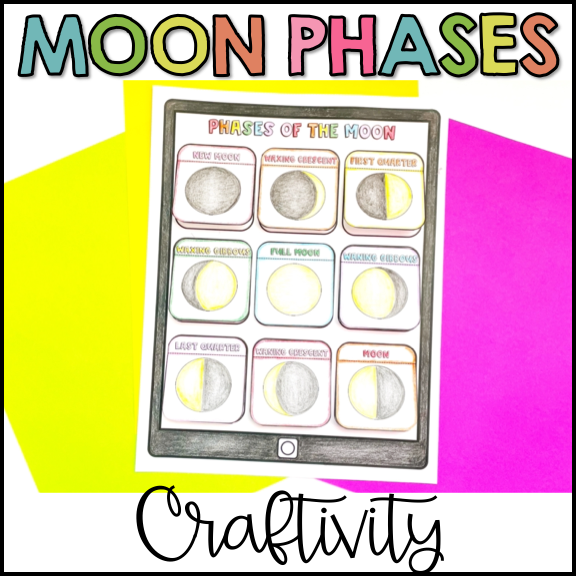
With this useful resource, your college students create an “iPhone app” (with paper and a ready-to-use template). This hands-on exercise reinforces moon phases and vocabulary to assist your grades 3-5 college students perceive lunar phenomena.
4. Solar’s Radiance Check
As really helpful by NASA, your college students can use a easy UV bead experiment to point out how the prevalence of ultraviolet gentle modifications throughout a photo voltaic eclipse as the daylight diminishes and the Moon obscures the Solar. First, present college students with UV-sensitive beads. Subsequent, allow them to observe and doc the change in bead shade earlier than, throughout, and after the photo voltaic occasion.
Afterward, encourage student-led inquiry. Ask curiosity-inducing questions, corresponding to “Would a lunar eclipse have the identical outcome? Why or why not?” Enable college students to discover solutions by think-pair-sharing or just compiling proof on the board as a category.
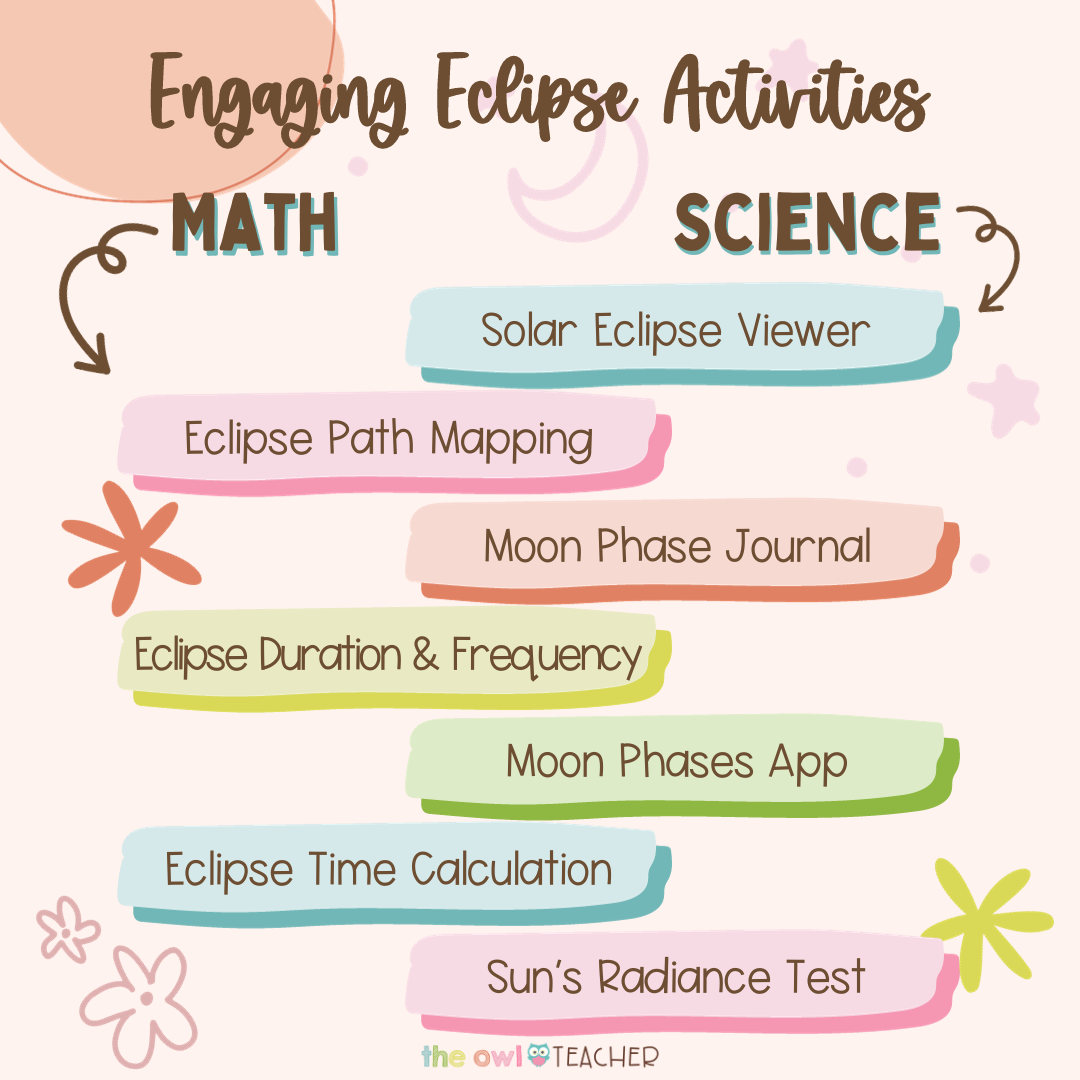
Total, instructing about photo voltaic and lunar eclipses generally is a memorable expertise for college students in higher elementary science school rooms. With the best mix of hands-on actions, math workouts, and scientific observations, you may flip these celestial occasions into foundational studying moments!
You may also seize a freebie that will help you show how eclipses work by clicking right here:



